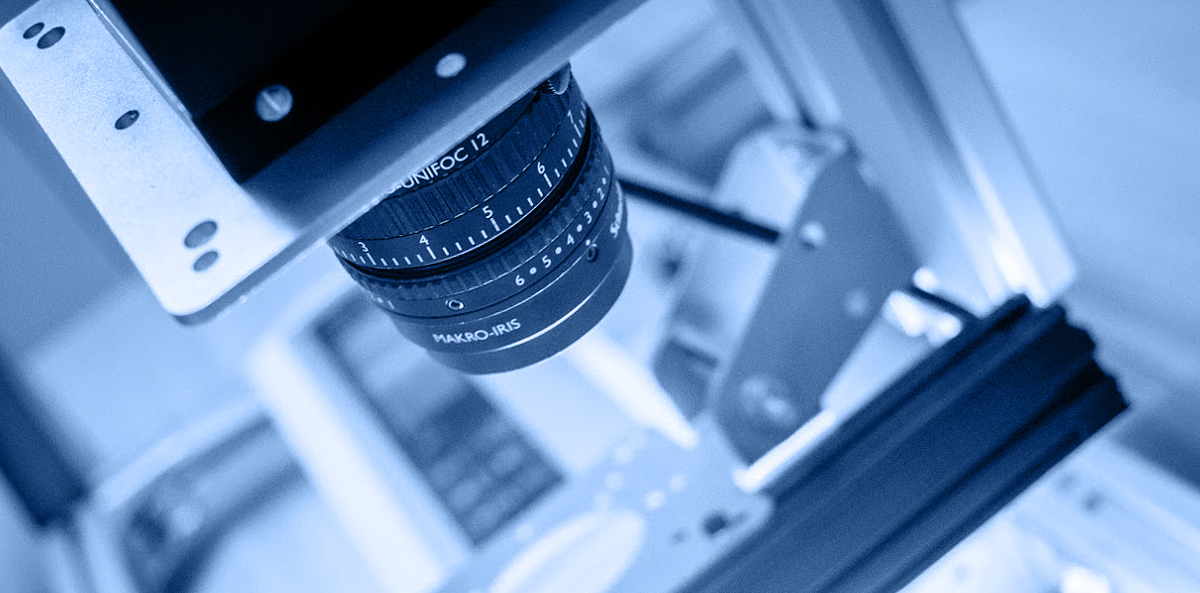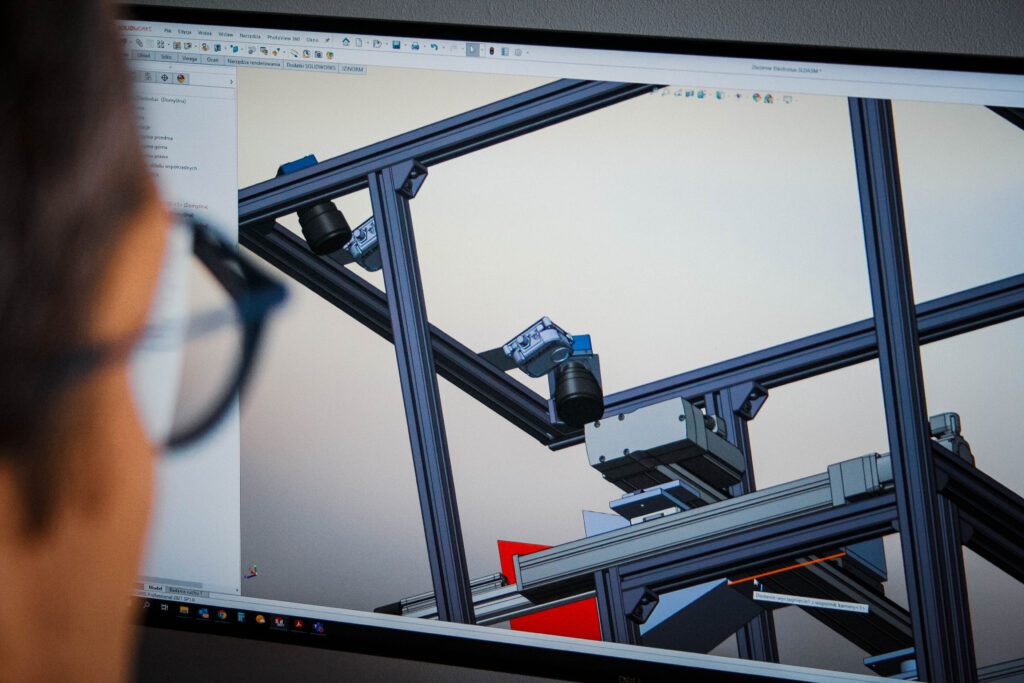
Automated quality control with the aid of a vision system in 6 steps – part 1
In order to stay ahead in the competitive industrial environment, companies more and more meticulously track and control all the elements of the production process using Machine Vision solutions. This is not only because of the pursuit of optimization of processes in terms of efficiency and costs. It is also due to the need to meet increasingly rigorous legal requirements.
Moreover, manufacturing companies know they can put in a lot of effort and spend considerable resources on promoting their brand, winning new orders, and delivering them in a quick and efficient way. However, if the quality of final products is low or variable, customer satisfaction, customer loyalty, and thus the number of future contracts and revenues will begin to dwindle rapidly.
Due to the complexity of production and logistics processes, quality control vision systems must be adapted to the specific requirements, both in terms of the type of conducted inspections and the system throughput, which may be challenging for manufacturing plants searching for solutions on their own.
Here is the first part of an article on how to implement an automated vision verification system in 6 steps from an integrator’s perspective.

Automated quality control and analysis of customer needs
For the vision system for quality control to be able to properly solve problems it is necessary to clearly specify business objectives and customer needs that the implemented system can satisfy. The objective may be, for instance, to reduce the number of faulty products leaving the industrial plant, to record the results of finished product inspection, to track the production process of a medical product, to have a more efficient shipping process for finished products, or to digitize and automate production. Another prominent issue is matching the investment with the planned budget or strategic plant operations.
At this stage, consultation with an integrator constitutes great support since experts can translate the customer need into specific functional assumptions of the system and predict possible challenges. The collected information is the basis for the preparation of an initial solution concept.
Analysis of business
- Pre-implementation analysis
This step is a natural consequence of the analysis of business objectives and production process. It consists in using data gathered in worksheets, templates and information obtained during consultations to determine whether the proposed vision system for quality control will meet the functional assumptions of the project and allow the set business objectives to be achieved.
For example, if the project objective is to reduce the number of faulty components leaving the industrial plant, the effectiveness of the solution can be determined on the basis of the number of components identified by the vision system as not conforming to the standard. In the case of a medical product, it may be to ensure traceability in the production process, i.e., precise identification of where conformity or non-conformity occurs on the basis of the images from the quality control process.
At this stage, objectives for PoC (Proof of Concept) are set, which make it possible to determine whether the adopted solution meets all customer requirements. A simplified simulation of the real process is also conducted, preliminary vision algorithms are defined as well as the implementation time and budget. A visualization of the vision system station for quality control itself is prepared as well.
- Business case
At this stage it is possible to specify business profits resulting from the solution, such as:
- revenue that can be generated. For example:
- possibility of offering customers new services, such as information and reports on each manufactured product
- support when defects in a product are detected and the problem is searched for in the entire supply and production chain
- benefits of good cooperation with customers who value on-time deliveries of reliable products.
- costs that can be avoided: For example:
- labor costs for manual controllers
- costs resulting directly from human errors, such as costs of withdrawing or repairing defective products sent to customers
- costs of restoring the company’s lost reputation.
In the case of the implementation, the project made it possible to reduce downtime, to eliminate packaging errors and to reduce losses resulting from product damage and complaints. It also ensured that products were packaged in a correct way, and it eliminated the need for an employee to supervise the process.
If you find this article interesting and you are searching for a vision system for automated quality control…
